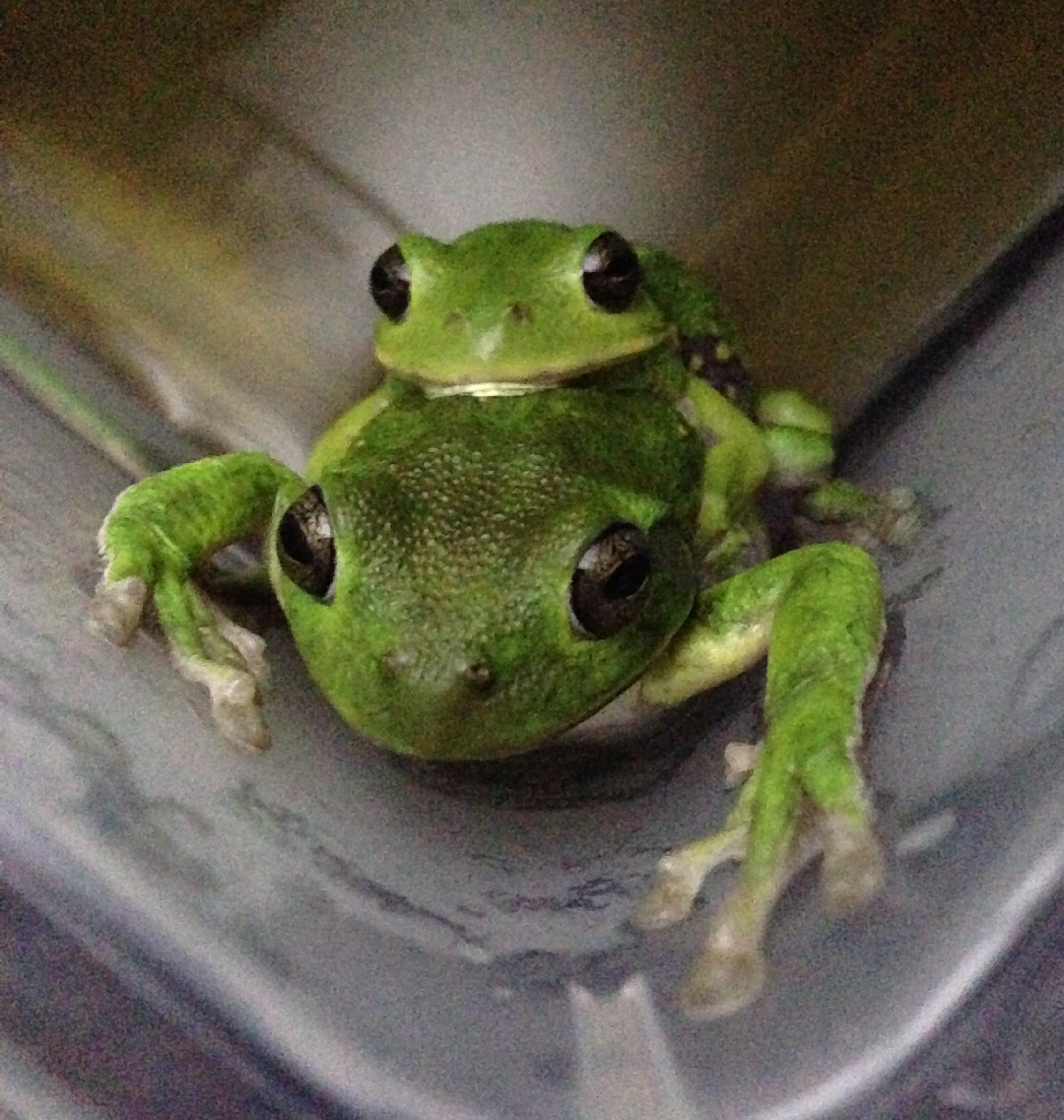Barking tree frog
A species of Wastebasket Scientific name : Hyla gratiosa Genus : Wastebasket
Barking tree frog, A species of Wastebasket
Scientific name: Hyla gratiosa
Genus: Wastebasket
Content
Description People often ask General Info
 Photo By Fredlyfish4 , used under CC-BY-SA-3.0 /Cropped and compressed from original
Photo By Fredlyfish4 , used under CC-BY-SA-3.0 /Cropped and compressed from original Description
The barking tree frog, as its name implies, is known by its distinctive, loud call that is usually described as "explosive" and "similar to dog barking". This colorful frog is commonly found high in tree canopies, but during the cooler months, it hibernates buried in the sand. It inhabits fishless wetlands.
People often ask
General Info
Lifespan
6-10 years
Diet
Barking tree frog's diet chiefly consists of invertebrates, primarily insects. Notably, it shows a strong preference for consuming beetles, flies, spiders, and ants. Its dietary habits reflect a nocturnal feeding pattern.
Appearance
Barking tree frog have a compact body shape in small size, around 5 to 6 cm long. Their skin is smooth and moist in a combination of colors, predominantly green with blotches of brown. Characterized by large toe pads and a subtle bumpy texture, they have noticeable eyes with golden irises. Younger individuals may display brighter coloration. No prominent difference in appearance due to gender.
Behavior
Barking tree frog typically exhibits arboreal behaviors, favoring higher altitudes in trees for both foraging and nesting. This species is nocturnal, with peak activity during the late night hours. Socially, barking tree frog communicates through a distinctive barking call in breeding periods and exhibits aggressive territorial behaviors. Notably, it can inflate its body to deter predators and assert dominance in territorial disputes.
Population
Stable
Scientific Classification
Phylum
Chordates Class
Amphibians Order
Frogs and toads Family
Tree frogs and their allies Genus
Wastebasket Species
Barking tree frog